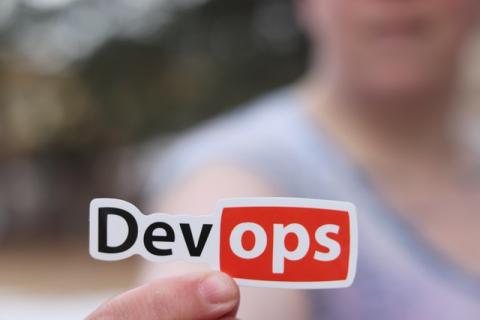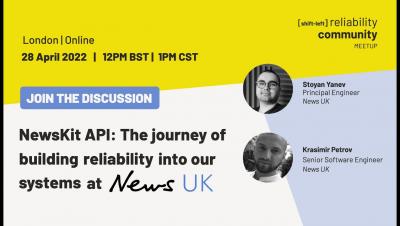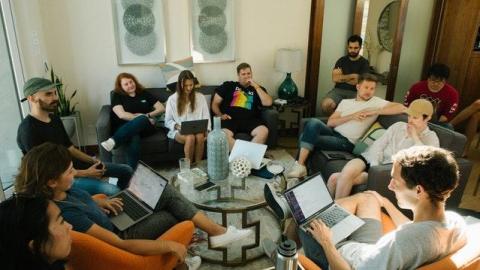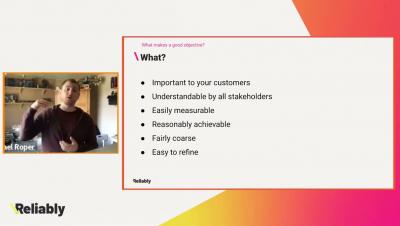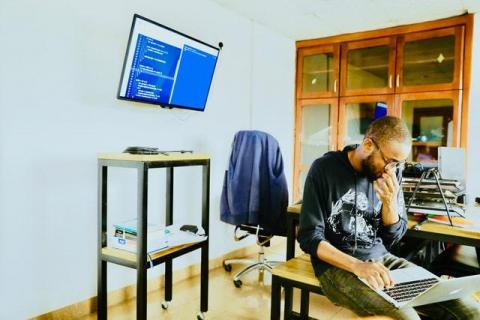Observability Vs Monitoring: What's The Difference?
Clients expect prompt implementation of changes to their software, and this requirement motivates site reliability engineers to incorporate reliability into applications. The healthy practice of observability and monitoring can improve the reliability and security of software systems. Monitoring is the recording and interpreting data from software systems to keep track of their performance.



